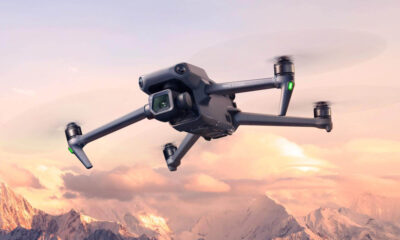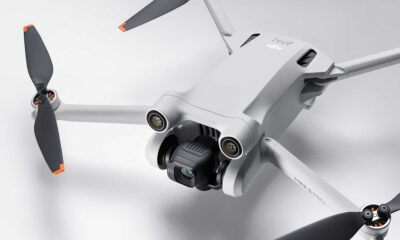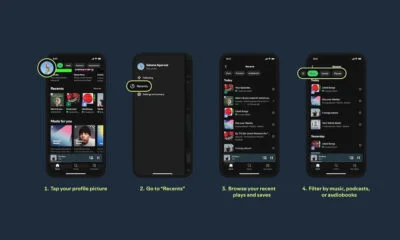News
DJI Releases The New $999 Air 2S Drone
Minor design and construction tweaks aside, there are 3 main upgrades that differentiate the DJI Air 2S from its predecessor, the Air 2.
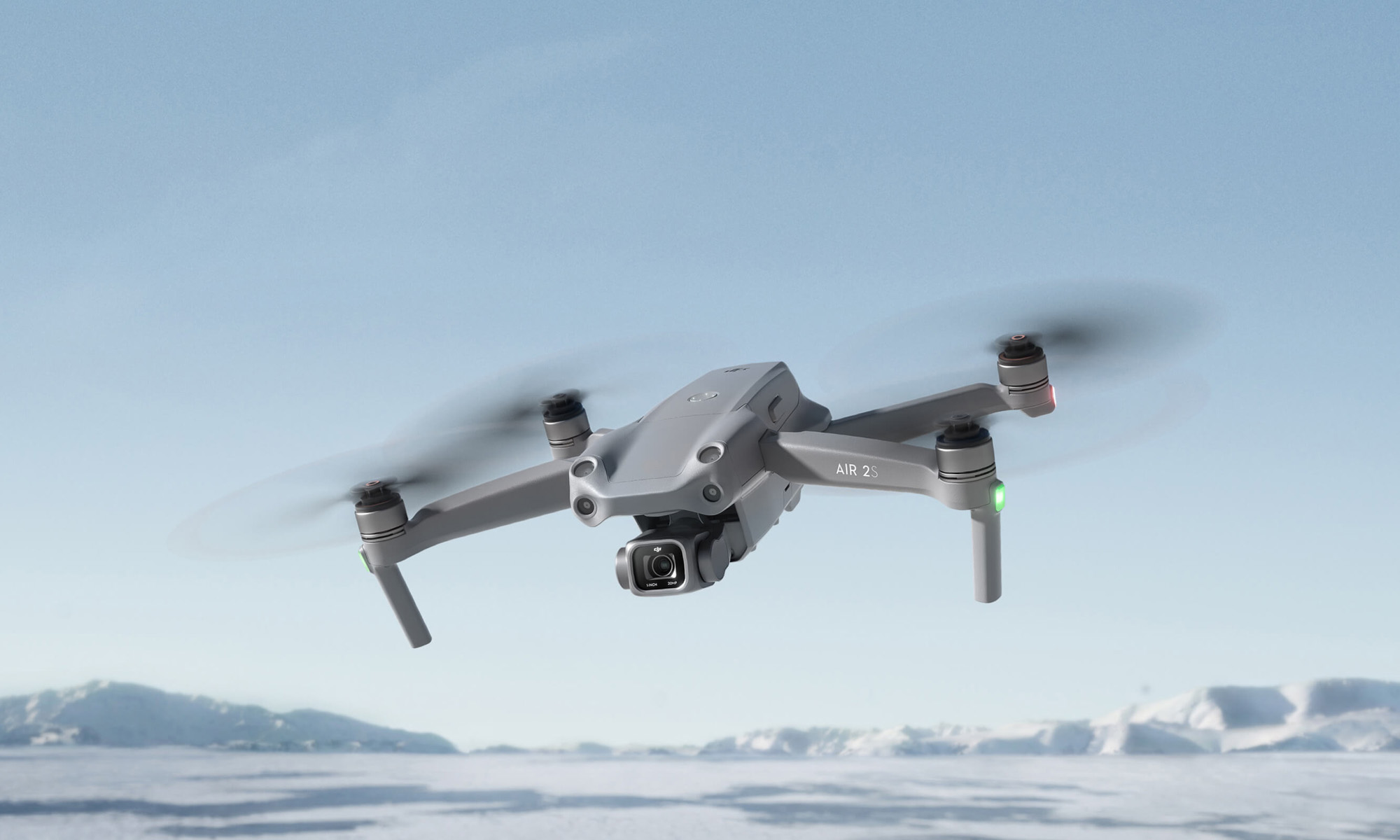
The DJI Air 2 was one of the best drones released in 2020, offering everything most drone operators could ever want: a high-resolution camera, excellent battery life, tremendous range, and intelligent obstacle avoidance technology, just to name a few of its selling-points. Now, the Chinese drone powerhouse has released an updated version, calling it the DJI Air 2S.
Minor design and construction tweaks aside, there are three main upgrades that differentiate the DJI Air 2S from its predecessor:
- 1-inch CMOS sensor capable of recording 5.4K footage at 30 frames per second or 4K footage at 60 frames per second.
- Intelligent obstacle sensing in four directions that makes it possible for the drone to actively avoid obstacles in more complex scenarios and at high speeds.
- Advanced O3 (OcuSync 3.0) image transmission technology capable of delivering an ultra-smooth, clear, and reliable image feed at distances of up to 12 km.
These features alone make the DJI Air 2S a great all-rounder capable of recording professional-grade video footage, covering large distances, and providing aerial views, among other things.
Other noteworthy features include intelligent HDR technology capable of merging multiple shots, automatic hyperlapse and panorama creation, and MasterShots, an advanced intelligent feature that gives you the best shots in any location with just a tap.
Also Read: Sightec Completes First Drone Delivery Without GPS
The DJI Air 2S starts at $999, but the price jumps up to $1,299 if you purchase it two extra batteries, four ND filters, a charging hub, and a shoulder bag.
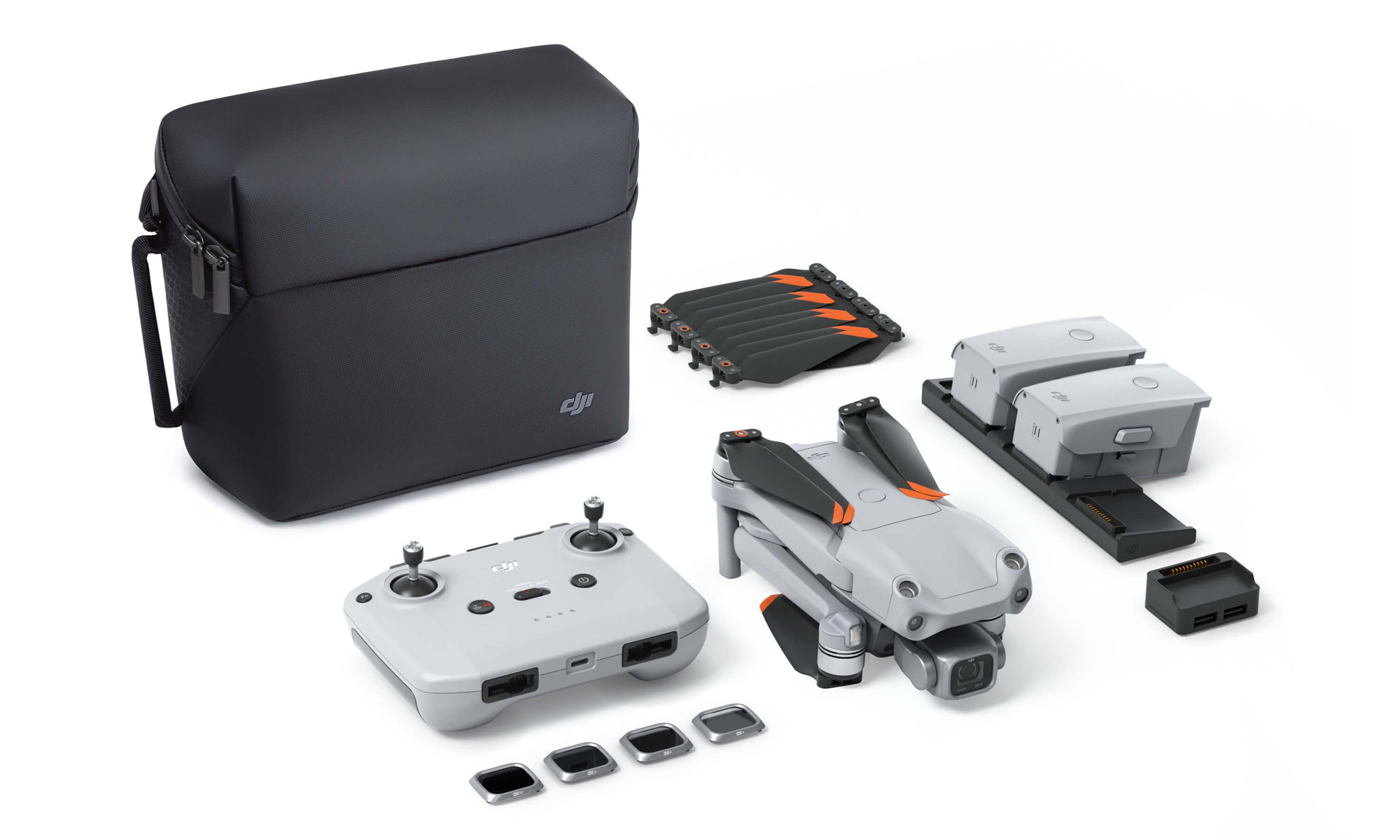
DJI Air 2S Fly More Combo
At this price point, it’s very difficult to find a more capable drone, especially if you’re a traveling videographer and want the best image quality in the smallest package. One possible alternative is the Skydio 2, a self-flying drone released in 2019 that records 4K footage at 60 FPS.
News
Samsung Smart Glasses Teased For January, Software Reveal Imminent
According to Korean sources, the new wearable will launch alongside the Galaxy S25, with the accompanying software platform unveiled this December.
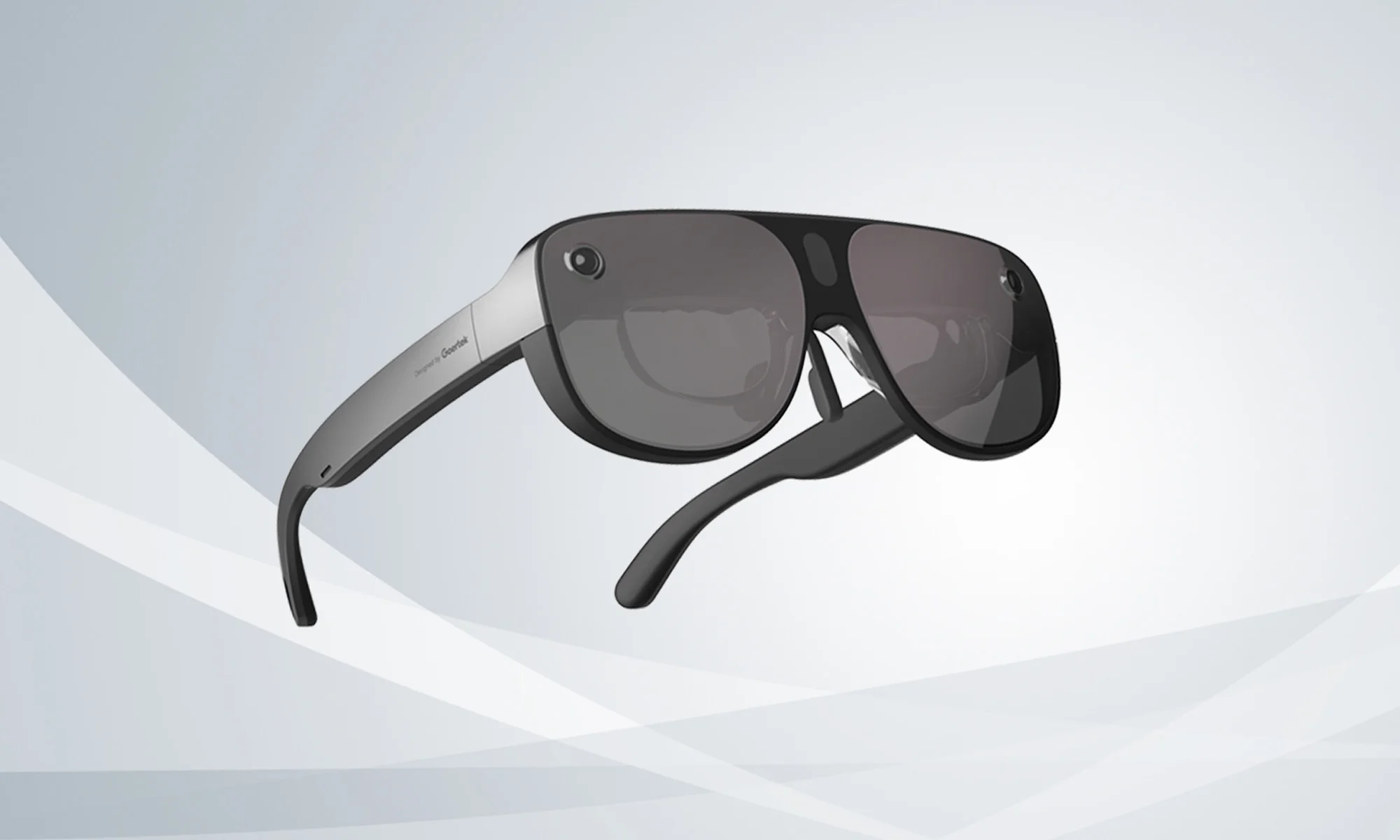
Samsung appears poised to introduce its highly anticipated smart glasses in January 2025, alongside the launch of the Galaxy S25. According to sources in Korea, the company will first reveal the accompanying software platform later this month.
As per a report from Yonhap News, Samsung’s unveiling strategy for the smart glasses echoes its approach with the Galaxy Ring earlier this year. The January showcase won’t constitute a full product launch but will likely feature teaser visuals at the Galaxy S25 event. A more detailed rollout could follow in subsequent months.
Just in: Samsung is set to unveil a prototype of its augmented reality (AR) glasses, currently in development, during the Galaxy S25 Unpacked event early next year, likely in the form of videos or images.
Additionally, prior to revealing the prototype, Samsung plans to introduce…
— Jukanlosreve (@Jukanlosreve) December 3, 2024
The Galaxy Ring, for example, debuted in January via a short presentation during Samsung’s Unpacked event. The full product unveiling came later at MWC in February, and the final release followed in July. Samsung seems to be adopting a similar phased approach with its smart glasses, which are expected to hit the market in the third quarter of 2025.
A Collaborative Software Effort
Samsung’s partnership with Google has played a key role in developing the smart glasses’ software. This collaboration was first announced in February 2023, with the device set to run on an Android-based platform. In July, the companies reiterated their plans to deliver an extended reality (XR) platform by the end of the year. The software specifics for the XR device are expected to be unveiled before the end of December.
Reports suggest that the smart glasses will resemble Ray-Ban Meta smart glasses in functionality. They won’t include a display but will weigh approximately 50 grams, emphasizing a lightweight, user-friendly design.
Feature Set And Compatibility
The glasses are rumored to integrate Google’s Gemini technology, alongside features like gesture recognition and potential payment capabilities. Samsung aims to create a seamless user experience by integrating the glasses with its broader Galaxy ecosystem, starting with the Galaxy S25, slated for release on January 22.




